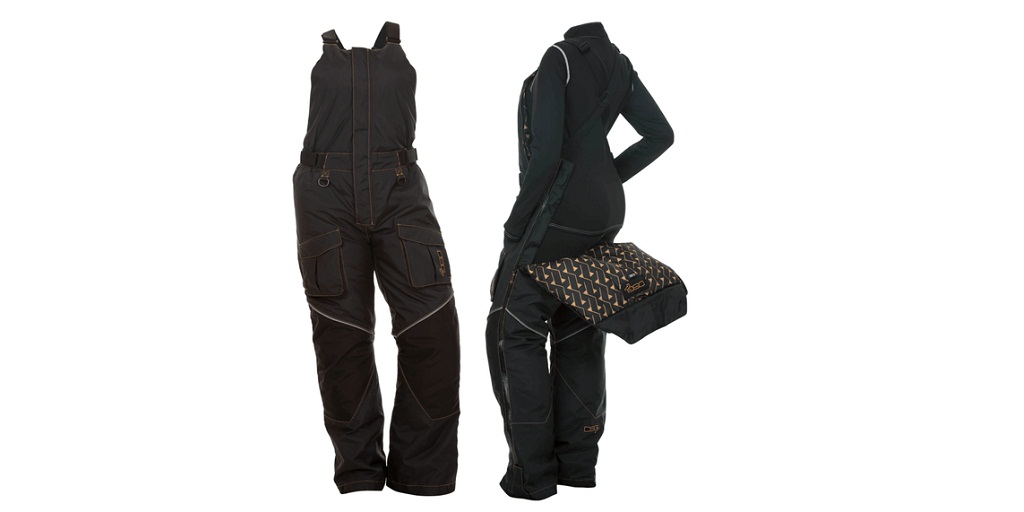According to OutdoorIndustry.org, there was more than a 10% increase in female participation in angling between 2019 and 2020. It’s a number that continues to grow.
This is true in other outdoor sports too, as more and more women pick up the rod and gun. Women constitute one of the largest growing target segments in the outdoors.
Doubtless, some of these lady anglers hit the hard water in the winter.
If you are one of them, and you’ve never been out there before, here are some helpful tips to observe before ice fishing for the first time.
Prepare Appropriate Clothing (and Footwear)
Proper attire is a must when ice fishing because there’s often a lot of wind out on the ice and you won’t be moving around much which can make you get colder, quicker.
Wear a few layers of clothing. Layering will reduce the chance of overheating while trekking on the ice as layers can be removed and added as needed. Moisture wicking base and mid layers are best. Sweat is meant to cool you, and that’s what it will do if moisture is trapped between your layers and skin.
Women’s ice fishing bibs are also a suitable alternative to pants and will keep you covered better. Wearing bibs instead of pants will keep cold air from getting in between your upper and lower layers. (If you’re interested in women’s ice fishing bibs, we recommend DSGOuterwear.com. They have durable, waterproof, breathable models with lots of cool features.)
Avoid cotton clothing, which absorbs moisture readily and sucks the heat out of you when it gets wet.
As for footwear, sturdy, supportive waterproof boots are best, preferably boots with aggressive lug soles – although you can also get a set of ice cleats for better traction.
Safety Gear Is Paramount to Success
Safety gear, along with clothing, is among the most important aspects of successfully preparing for an ice fishing outing.
These items are great ideas to increase your chances of a safe outing: a life vest, a tape measure, and a set of ice picks. A more popular alternative to the life vest would be ice suits with flotation technology. DSG Outerwear offers flotation technology in all of their ice fishing jackets and bibs that assists the wearer for up to two hours when worn together.
As for the tape measure, this will let you gauge the depth of the ice and whether or not it is safe, after cutting a hole, of course. Do not fish over ice less than 4 inches thick and be extremely cautious on ice less than 6 inches. Some anglers and guides will tell you not to fish over ice unless it is at least 6 inches thick.
As for ice picks, these are retractable devices with sharpened metal spikes on the ends that you can use to pull yourself out of the ice in the event you fall in. You should never go on the ice without them, and always keep them clipped to your belt at all times.
Wear Polarized Sunglasses
You might think that in the winter the sun won’t be a huge concern, but this is a big mistake.
First off, you should never fish (anywhere, at any time of year) without sunglasses, simply to protect your eyes from errant hooks.
But in the winter, glare off the ice, even on a cloudy day, can make you sunblind in a matter of minutes. If the sun is out, forget it. All things considered, fishing on the ice, in the open on a sunny day, subjects you to brighter glare than you would experience on the water under the summer sun.
Always bring along a pair of polarized sunglasses that will cut the glare. You don’t necessarily need to wear them if you’re fishing under an ice shelter, or late in the day, but they’ll be a lifesaver during sunlight hours, or when setting up or packing up to get on and off the ice.



